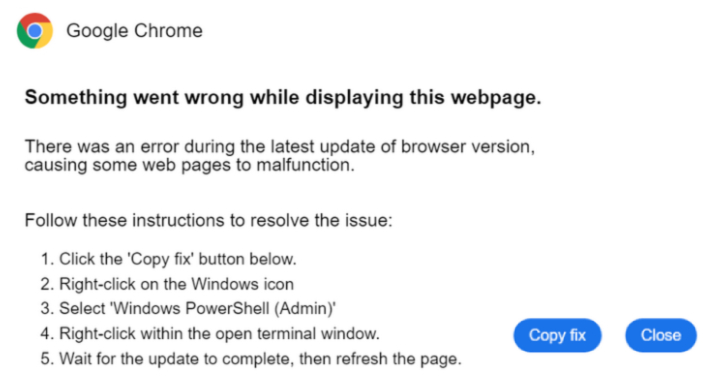
Securing Your Cyber: Why a High-Level Risk Assessment is Important
Introduction:
In an age where data is king and connectivity is vital, ensuring the security of our digital infrastructure has never been more crucial. Cyber threats evolve continually, with cybercriminals adopting sophisticated methods to infiltrate systems, disrupt operations, and compromise sensitive information. Herein lies the critical value of a High-Level Risk Assessment, a practice designed to identify, analyze, and evaluate potential risks to an organization’s digital landscape. This article explores the significance of conducting a high-level risk assessment in fortifying cyber defenses and maintaining digital integrity.
Defining High-Level Risk Assessment:
A high-level risk assessment is a comprehensive analysis of potential threats and vulnerabilities within an organization’s cyber infrastructure. It delves deep into identifying the likelihood of a cyber-attack and the potential impact it may have on an organization’s operations, reputation, and financial stability. This assessment is crucial in formulating robust cyber security strategies, mitigating risks, and ensuring continuity in the face of evolving digital threats.
The Increasing Relevance of Cybersecurity:
With the proliferation of the internet and digital technologies, the boundaries between the physical and virtual world continue to blur. Businesses, governments, and individuals are increasingly reliant on digital platforms for communication, transactions, and data storage. This integration makes the cyber realm a fertile ground for malicious activities, necessitating advanced security measures.
Identifying and Analyzing Threats:
One of the foundational components of high-level risk assessments is the identification and analysis of potential threats. This includes everything from phishing attempts and ransomware attacks to insider threats and DDoS attacks. By understanding the variety and complexity of threats, organizations can prioritize their defenses, allocate resources effectively, and implement tailored security protocols.
Assessing Vulnerabilities:
High-level risk assessments also involve pinpointing vulnerabilities within an organization’s digital infrastructure. These vulnerabilities could range from outdated software and poorly configured firewalls to employee negligence and inadequate password policies. Identifying such weak points allows for timely rectification, thus bolstering the organization’s defense mechanisms against cyber-attacks.
Evaluating Impact and Likelihood:
After identifying threats and vulnerabilities, the assessment process evaluates the potential impact and likelihood of each risk. This involves considering the nature of the organization’s operations, the sensitivity of the data handled, and the potential consequences of a security breach. Organizations can then categorize risks based on their severity and prioritize mitigation efforts accordingly.
Strategic Mitigation and Preparedness:
Equipped with the insights garnered from a high-level risk assessment, organizations can formulate strategic mitigation plans. These may include updating software, enhancing firewall configurations, implementing multi-factor authentication, conducting employee training, and developing incident response plans. Such measures ensure preparedness, enabling organizations to respond promptly and effectively to cyber threats.
Compliance and Regulation:
In addition to fortifying defenses, high-level risk assessments are essential for maintaining compliance with industry regulations and standards. Non-compliance can result in severe penalties, tarnished reputations, and loss of customer trust. By identifying areas of non-compliance and addressing them proactively, organizations can avoid such pitfalls and maintain their standing in the industry.
Cost-Efficiency and Resource Allocation:
High-level risk assessments contribute significantly to cost-efficiency. By identifying and prioritizing risks, organizations can allocate resources more effectively, focusing on high-impact areas and avoiding wastage of time and money on low-priority issues. This strategic approach not only enhances cybersecurity but also optimizes operational efficiency.
Building Consumer Trust:
In a digital age, consumer trust is paramount. Customers are becoming increasingly aware of the importance of data protection and are likely to patronize organizations that prioritize cybersecurity. Conducting regular high-level risk assessments and implementing robust security measures contribute to building and maintaining consumer trust, which is invaluable in fostering long-term relationships and ensuring business sustainability.
Adaptability to Evolving Threats:
Cyber threats are not static; they evolve continually. High-level risk assessments enable organizations to stay ahead of the curve by regularly evaluating their security posture and adapting to emerging threats. This proactive approach is pivotal in ensuring long-term cyber resilience and safeguarding organizational assets.
Conclusion:
Securing your cyber is not just a technical necessity but a strategic imperative. Conducting high-level risk assessments is at the heart of establishing a robust cybersecurity framework. This practice enables organizations to identify and analyze threats, assess vulnerabilities, evaluate impacts, and implement strategic mitigation measures. In doing so, it ensures compliance, fosters cost-efficiency, builds consumer trust, and enhances adaptability to evolving cyber threats. In a world where the digital landscape is integral to our existence, investing in high-level risk assessments is a cornerstone in securing our cyber future.
Contact Cyber Defense Advisors to learn more about our High-Level Risk Assessment solutions.




